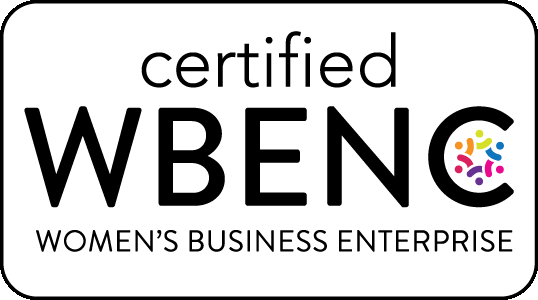In Part 1 of this series, we provided five ways communicators can tap into the power of AI to refine and personalize information for their audiences. In Part 2, we share five ways AI can help communicators inform, analyze, and optimize the way they do their jobs.
6. Measuring and analyzing sentiment
AI tools and platforms (e.g., ChatGPT, Haiilo, Staffbase, Microsoft Viva Insights) can analyze employee survey data, communication preferences, and engagement levels to surface key themes, sentiment, and actionable insights. This automates the time-consuming process of data analysis, enabling communicators to quickly identify trends and address issues before they escalate. Feedback can be analyzed from emails, social media, and chat conversations, helping communicators understand morale and refine messaging.
7. Shaping learning and development
AI can improve employee development and engagement by creating personalized learning paths based on skills and career goals. Systems like IBM’s Watson Talent, Degreed, Cornerstone On Demand and Learn Amp can create customized training content based on roles, skill gaps, team needs, and learning styles. A 2023 IBM case study showed 34% improvement in information retention when using AI-personalized learning paths.
8. Getting more from meetings
AI powers a range of “smart” meeting assistants that can schedule meetings, generate agendas, summarize discussions, and highlight action items. From Microsoft Copilot to Zoom’s AI Companion to analytical offerings like Gong and Cloverleaf, these tools can also track meeting effectiveness over time, helping teams reduce unnecessary meetings and improve collaboration. A 2024 study from the Society for Human Resource Management (SHRM) found that teams using AI meeting assistants reduced meeting times by 25%.
If you’ve ever been charged with taking meeting notes and providing minutes, the summaries AI delivers (including speakers identified by name, discussions captured in detail, and more), can seem like the ultimate productivity hack. But before you send that “transcript” around, give it a careful read. Your AI partner can get as confused as any human. And a recent Harvard Business Review article cautioned that while AI summary tools save time and effort, recording meetings can “affect the social fabric of those meetings—particularly psychological safety and engagement” of meeting participants.
9. Simplifying knowledge management
AI can organize and categorize internal documents, making it easier for employees to find information, and AI-powered search engines help them find it faster. In a 2023 report, Forrester Research found using AI-powered knowledge bases, like ServiceNow’s Virtual Agent, Guru, and Moveworks can reduce the number of support tickets by more than one-third.
10. Automating and optimizing workflows
AI can automate newsletter distribution, content review and approval processes, and meeting scheduling, freeing communicators to focus on strategic initiatives. Integrate AI with tools like Google Sheets, Slack, or Clariti to streamline workflows by organizing emails, chats, and documents into coherent, context-driven conversations. Workday, whose AI assistant automates routine HR communications and guides employees through processes from onboarding to managing benefits to career development, claimed organizations using its tools saw a 40% reduction in time spent on routine communications.
Internal communicators have a rapidly expanding AI toolkit that can help them enhance content – and do their day-to-day work more effectively and efficiently.
Want some help to understand and deploy AI to make your communications better? Get in touch with The O’Keefe Group today!


